Project category 1
Restore ecosystems – re-nature cities
Projects with a core environmental focus include those that aim to directly improve the state of the environment, often focused on a particular site or on a particular environmental theme within a broader geographic scope (e.g., water, bird migration, bee habitats, invasive species). Closely related to this goal (but not identical) is to foster improved human-nature connections/relationships. A second subtype of environmentally focused projects is primarily concerned with changing or eliminating “bad environmental behaviour” of individuals or organizations.
PROJECT EXAMPLES
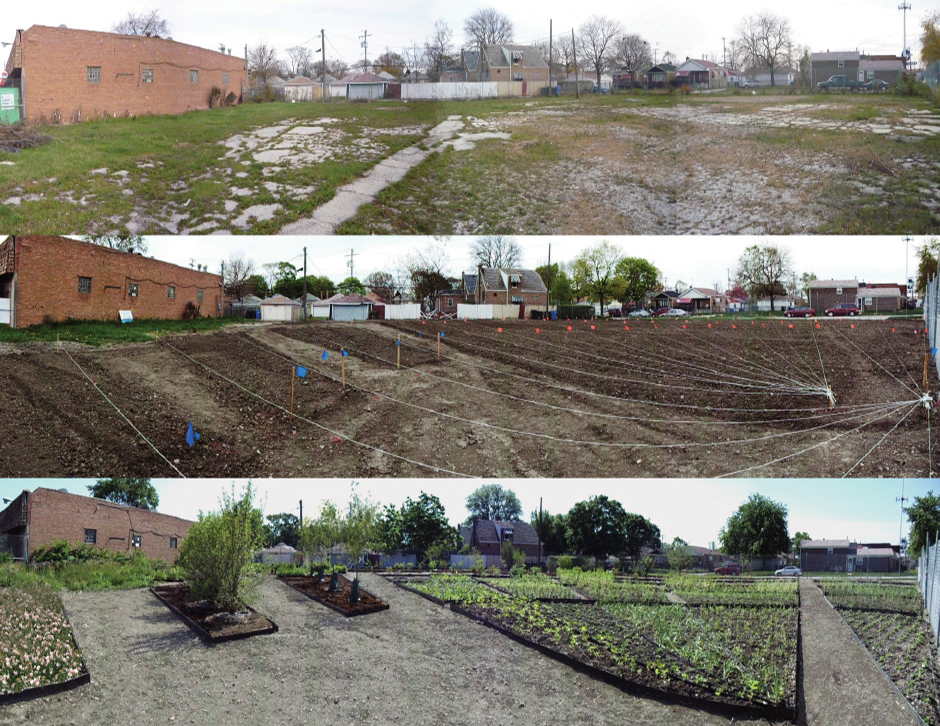 |
Slow Clean-Up – Civic Experiments with Phytoremediation 2008-2012 | CHICAGO, UNITED STATES SLOW Clean-up is a cultural approach to site remediation designed to increase the net benefits from plant-based remediation processes. Designed for abandoned gas stations, these designed civic experiments contribute to the aesthetics and revitalization of the sites, while simultaneously adding value at every stage of development by creating educational opportunities along with habitat, reduced heat islanding, and carbon sequestration. This project evolved through the Embedded Artist Project (EAP), an ARTetal Studio initiative, and experimental platform for civic engagement. Lead by Frances Whitehead, David S. Graham, and Arthur Paul Schwab, the pilot program was conducted with the City of Chicago and supported by The School of the Art Institute of Chicago. MORE INFO |
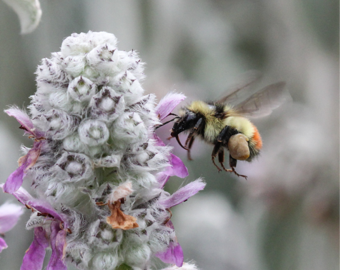 |
EcoArt Incubator: The Public Art Pollinator Pastures Project 2015-2016 | RICHMOND AND KELOWNA, CANADA Developed by Cameron Cartiere (Emily Carr University of Art + Design) and Nancy Holmes (University of British Columbia Okanagan), the Public Art Pollinator Pastures research project is a public art-driven wild flower meadow that benefits a multitude of essential pollinators (including bees, butterflies, and birds) and empowers communities to be ecological ambassadors and citizen scientists. The project turns vacant land into aesthetically pleasing, educational, and ecologically beneficial pastures, using public and community art to engage people in bee issues and to help transform sites into ecologically useful and healthy places for bees and other pollinators. MORE INFO SEE ALSO: Melliferopolis : Honeybees in Urban Environments (Helsinki, Finland) |
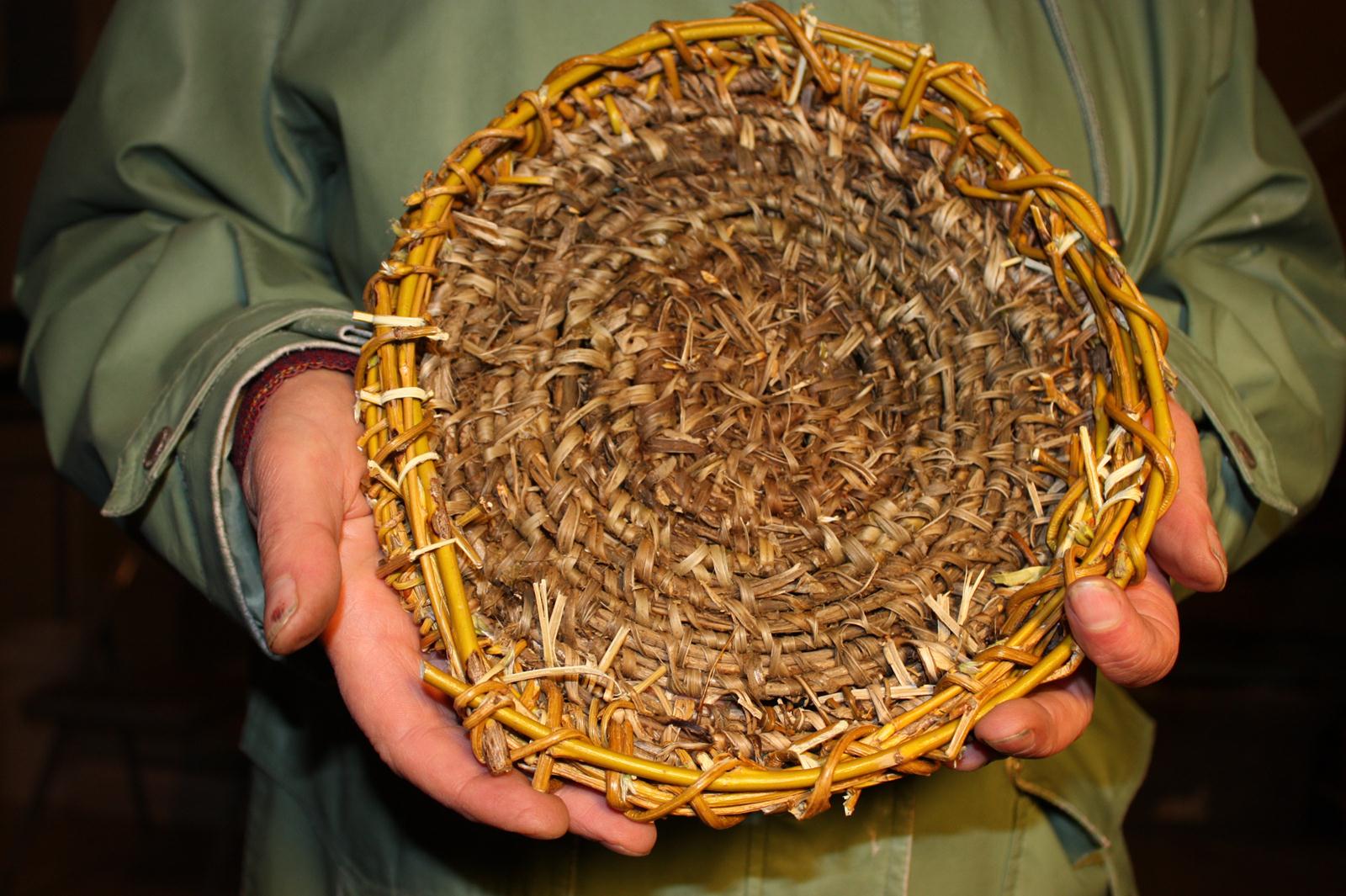 |
The Ivy Project and The Urban Weaver 2009-2011 AND 2012-ONGOING | VANCOUVER, CANADA The Ivy Project was a community-involved public programming initiative that re-purposed invasive plant material (especially unwanted English Ivy) in ways that turned their negative impacts into positive ecological and social benefits through an artistic and ecologically restorative process, and created opportunities for learning about the eco-system of in Stanley Park. In the follow-up Urban Weaver project, Sharon Kallis and Todd Devries lead a multicultural group of local artist-weavers collaborating with the Stanley Park Ecology Society and the Vancouver Park Board in an exploration of the evolution of multicultural weaving traditions in a sustainable urban context through re-using green waste and invasive species removed from local public parks in these practices. MORE INFO: The Ivy Project | The Urban Weaver |
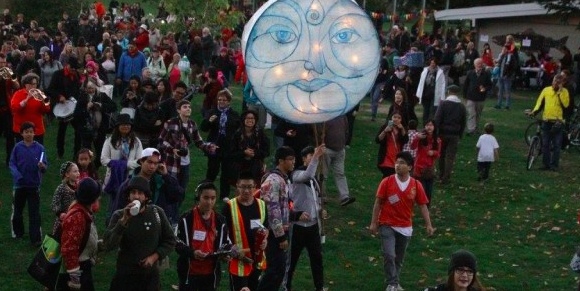 |
Still Moon Arts Society 2004-ONGOING | VANCOUVER, CANADA Still Moon Arts, founded and led by Carmen Rose, inspires vibrant and connected communities by creating art and nurturing a passion for nature. Its signature event, The Renfrew Ravine Moon Festival, highlights art, music, environmental stewardship, and community participation. Through the work of the society, the ecological health of the Renfrew Ravine and Still Creek has returned. In November 2012, for the first time in almost 80 years, a large number of full-sized salmon were observed returning to spawn in many parts of Still Creek, and have continued to return every year since then. MORE INFO: Still Moon Arts Society | Renfrew Ravine |
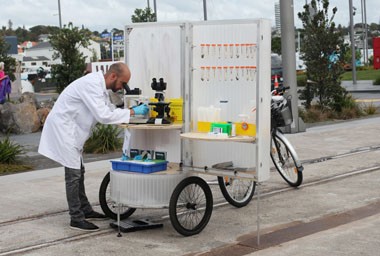 |
Fluid City 2012-ONGOING | AUCKLAND, NEW ZEALAND The fluid city project is an arts-science-education collaboration that aims to foster awareness and understanding of water issues in Auckland City, New Zealand. A series of urban installation/performance works animate elements of the material, technical, social, cultural, spiritual, and economic dimensions of urban waters and waterways. The project advances widespread public education and social awareness of the current and potential resources within the local metropolitan area, which it believes are critical to the sustainable development of cities. Consideration is also given to global resource use impacts, underlying socio-cultural and political-economic forces, and the complex ecological interrelationships that extend far beyond the city’s periphery. MORE INFO: profile of year 1 | web |
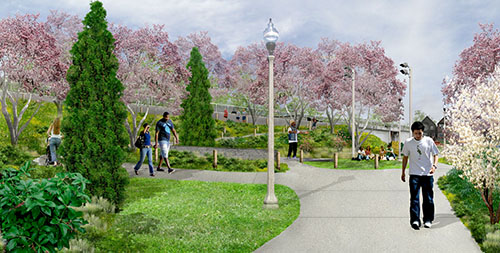 |
606 Project – Environmental Sentinel ONGOING | CHICAGO, UNITED STATES The 606 Project – the conversion of the Bloomingdale Line, a former raised industrial rail corridor, into a public space – has been shaped by extensive public input and ideas. From industrial beacon to impromptu nature trail to innovative public space and alternative transportation corridor for the next generation, the 606 Project brings together arts, history, design, trails for bikers, runners, and walkers, event spaces, alternative transportation avenues, and green, open space. Environmental Sentinel is a three-mile climate-monitoring artwork created for the 606 Project. The planted line of 453 native, flowering trees Amelanchier x grandiflora will visualize Chicago’s famous Lake Effect in spring and fall, with an expected five-day bloom spread. The temperature-sensitive plants will serve as bio-indicators of microclimate change along this dynamic site, environmental “sentinels” for the future. Modeled after the Japanese cherry blossom festival, this phenologic spectacle will become a living data visualization in time and space, allowing citizen scientists to observe Chicago’s relationship to Lake Michigan over the next century, engage residents in understanding microclimate, and bring attention to place and change over time. MORE INFO: Environmental Sentinel | The 606 Arts program |
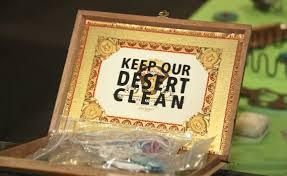 |
Desert Engagement: Hinder Swill Achieve Recycled Trash (DESHART) 2013-ONGOING | PALMDALE/ANTELOPE VALLEY, MOJAVE DESERT, CALIFORNIA, UNITED STATES DESHART (‘TRASHED’ spelled backwards) is an artist-led engagement initiative in response to the prevalence of illegally dumped waste in the High Desert region of Los Angeles County. Community participation is a fundamental facet of the project’s aim, method, and process. It seeks to encourage active participation based on the hypothesis that inter-relationship and participatory experience over time creates a sense of community, purpose, and responsibility that will ultimately impact illegal dumping through eco-activism. Through community action, art interventions and mapping, it builds awareness, support, and engagement to educate and transform illegal dumping activity. In partnership with municipalities, environmental corporations, community advocates, and the general public, DESHART has informed actions for tackling ecological issues through an experimental curatorial approach with methodologies that have embraced recycling, reuse, repurposing, and creative strategies. The project has demonstrated how the arts can foster social connections, collective action, and civic empowerment to transform the local landscape and inspire change in communities and the local ecosystem. MORE INFO: 2013 report | web |
| Overview of categories | 1. Restore ecosystems – re-nature cities | 2. Co-build better city/community through in situ actions | 3. Generate and demonstrate alternative ways of living |

